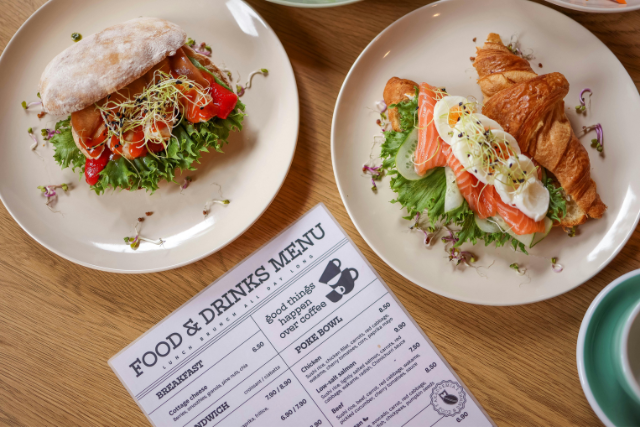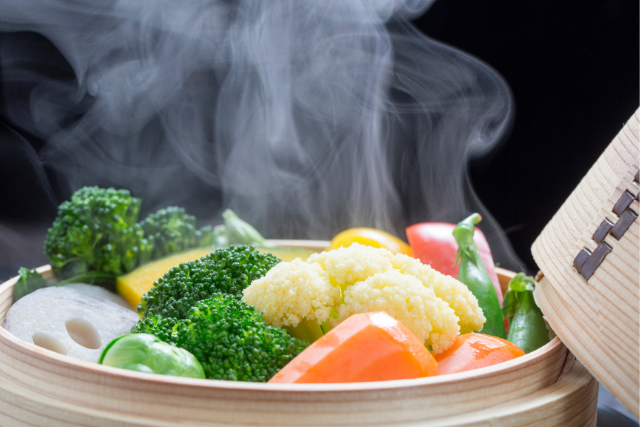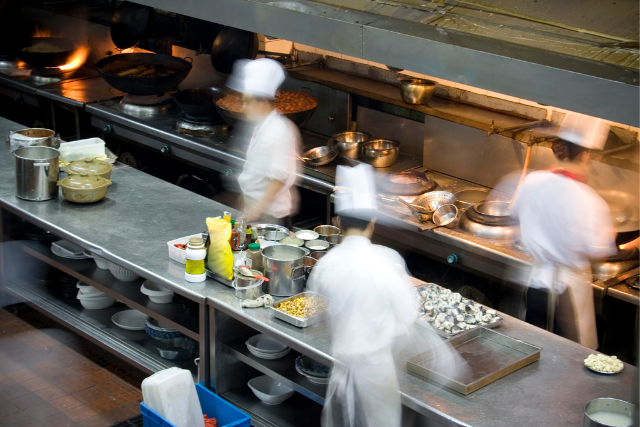
More diners choose meals with clear nutritional value and responsibly sourced ingredients. This shift affects how chefs plan and prepare food, especially in professional kitchens where consistency and standards all matter.
Good thing, formal training can offer a structured way to meet these expectations. At CCA Manila, the Diploma in Culinary Arts and Technology Management combines practical kitchen instruction with coursework in operations and food systems.
This article examines how culinary education can support menu development that responds to changing dietary needs and industry demands.
The Link Between Training and Wellness-Driven Menus

Creating health-focused food relies on clear methods supported by technical skill and a working knowledge of food systems. The Diploma in Culinary Arts and Technology Management program at CCA Manila help provide this structure.
The training combines practical instruction with understanding how kitchen decisions affect nutrition, workflow, and consistency. This prepares you to plan and execute menus that meet current dietary expectations.
Here’s how the program supports that process in practice.
Precision Begins With Fundamentals
Training begins with attention to accuracy. Knife skills, portion control, and food safety are introduced not as isolated tasks, but as core practices that influence every part of preparation. These shape how ingredients are handled, stored, and used during service. A consistent approach reduces waste, supports nutrition targets, and ensures uniform results. Applying structure from the start makes the workflow more controlled and repeatable.
Techniques That Support Health-Conscious Cooking
The Culinary Arts and Technology Management Diploma introduces practical methods to help reduce excess salt, fat, and sugar without compromising basic standards. Techniques such as steaming, roasting, blanching, and controlled sautéing are used for what they achieve in taste and texture, not just for restriction. Rather than swapping ingredients for its own sake, the training focuses on understanding how each method affects the outcome.
Menu Development Grounded in Operational Planning
Menu planning is approached as a working task, not a design exercise. Lessons focus on cost, timing, volume, and consistency. Recipe scaling, batch production, and scheduling are all treated as part of a system that must perform under pressure.
Ingredient Sourcing With Purpose
Ingredient selection is shaped by availability, storage, and reliability. Training covers working with fresh and processed items, assessing supplier quality, and adjusting based on seasonality and kitchen demand. There is a clear link between sourcing and execution. The goal is to maintain quality without adding complexity to preparation. Choices are made for stability and value, not trend.
Practice in Real Food Service Conditions
Structured service training includes dining, catering, and production exercises that follow defined timelines and standards. These operate under time constraints and performance checks. The objective is to prepare meals accurately, keep service on schedule, and manage equipment and staff flow.
Culinary Science Applied to Everyday Cooking
Cooking methods are explained through their physical effects, not just tradition. Lessons address heat transfer, moisture retention, nutrient stability, and how process changes alter results. The aim is to build a working knowledge of cause and effect. Adjusting a recipe or preparation style comes from understanding structure and behavior, not following a trend or guess.
Training That Balances Local and Global Cuisine
Filipino and international cuisines are studied to understand how food traditions shape preparation and expectations. Regional and global approaches are examined not to be reinvented, but to be respected and adjusted where necessary. The focus is on understanding context and using that knowledge to meet current dietary standards without erasing identity or function.
Program Overview

To give a clearer view of how this training is structured, here’s an outline of the Diploma in Culnary Arts and Technology Management.
What You’ll Learn
- Food safety and kitchen sanitation
Lessons cover storage, handling, and hygiene based on industry safety standards. Sanitation is treated as a daily practice and is integrated into all stages of prep and service to ensure reliable, safe kitchen operations.
- Sustainable cooking and resource efficiency
Training at a Culinary Arts and Technology Management school often includes strategies for reducing food waste, using ingredients efficiently, and aligning preparation with sustainability principles. Lessons also address cost awareness, energy use, and responsible sourcing.
- Operations and food service planning
Instruction includes menu costing, scheduling, inventory control, and workflow systems. These areas link the kitchen’s technical work with the broader demands of running a food service operation.
Hands-On Experience
- Student-led dining events and supervised service
Students gain practical experience in a structured environment, working under pressure to meet service times while maintaining quality and consistency.
- Catering and production-based assignments
Projects focus on high-volume preparation, coordination, and execution. Tasks mirror real kitchen demands, including logistics, prep schedules, and multi-dish timing.
- Culinary fieldwork and guided kitchen tours
Exposure to working kitchens and food production facilities provides context for how skills translate across different parts of the industry.
- Industry engagement through events and demonstrations
Participation in food shows, guest-led workshops, and public events allows students to observe current trends and build early professional connections.
Career Opportunities
- Kitchen roles from line cook to chef de partie
Graduates are equipped for hands-on roles in professional kitchens, with the technical training needed for food preparation, service support, and station-level leadership.
- Executive and corporate chef paths
With a foundation in operations and leadership, graduates can progress into management roles, overseeing menu development, staffing, and kitchen systems.
- Food business and entrepreneurship
Those interested in running independent ventures receive practical training in kitchen operations, costing, and food business planning.
Train With Us at CCA Manila
At CCA Manila, we offer the Diploma in Culinary Arts and Technology Management to prepare future professionals for the realities of modern food service. The program combines kitchen training with instruction in operations, planning, and sustainability—building the skills needed to manage both preparation and service.
Browse our full list of programs and enroll now at CCA Manila!
